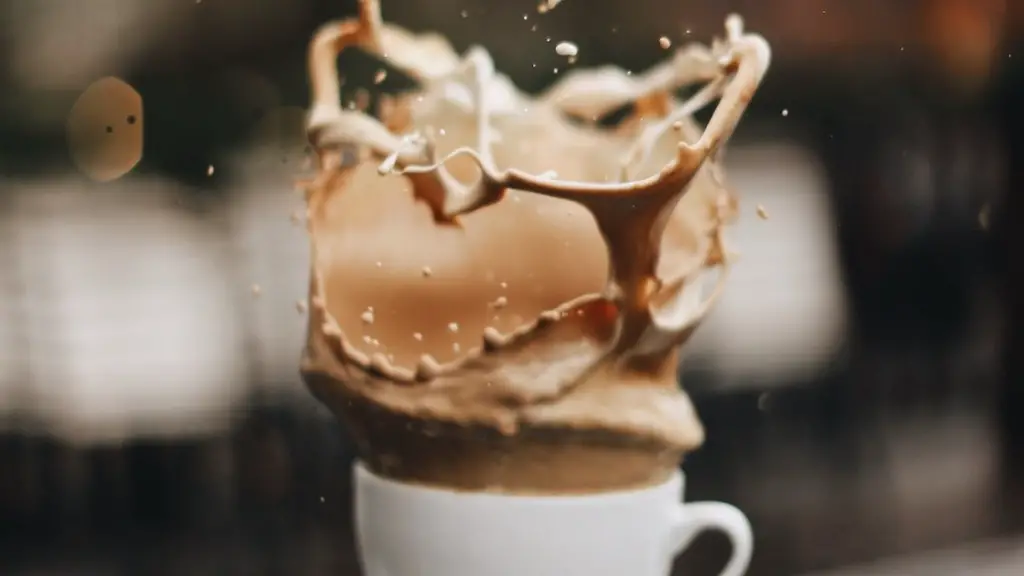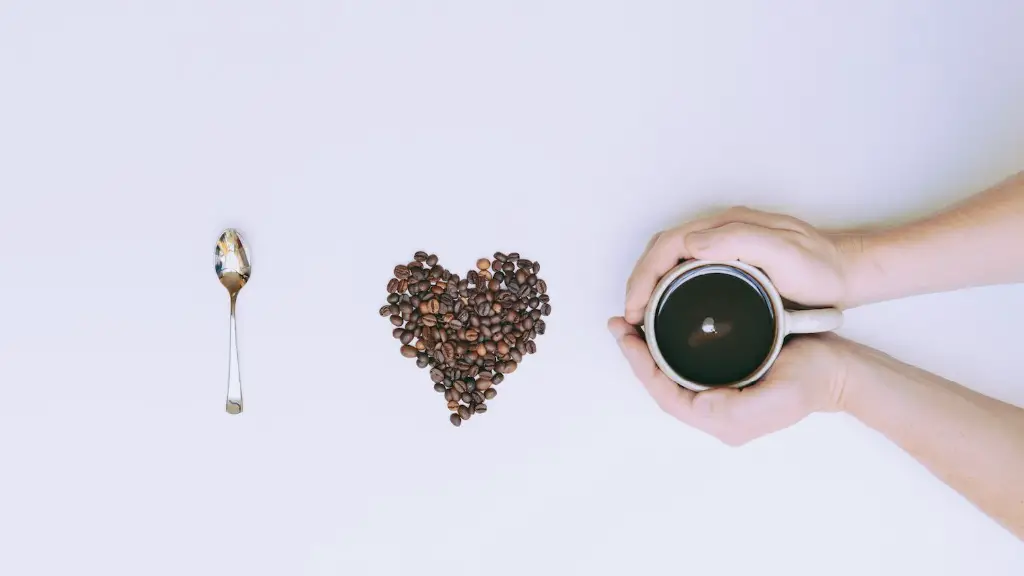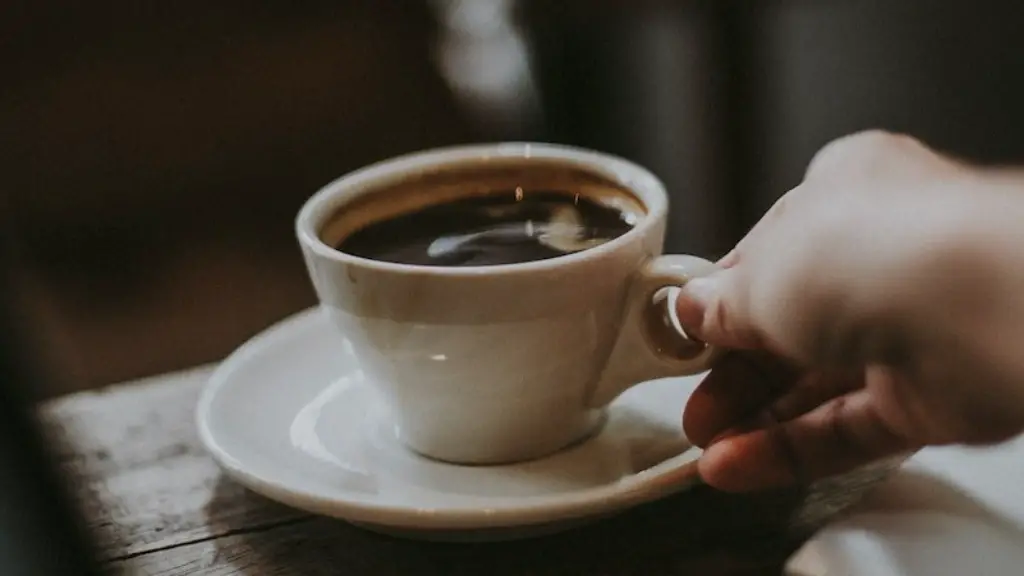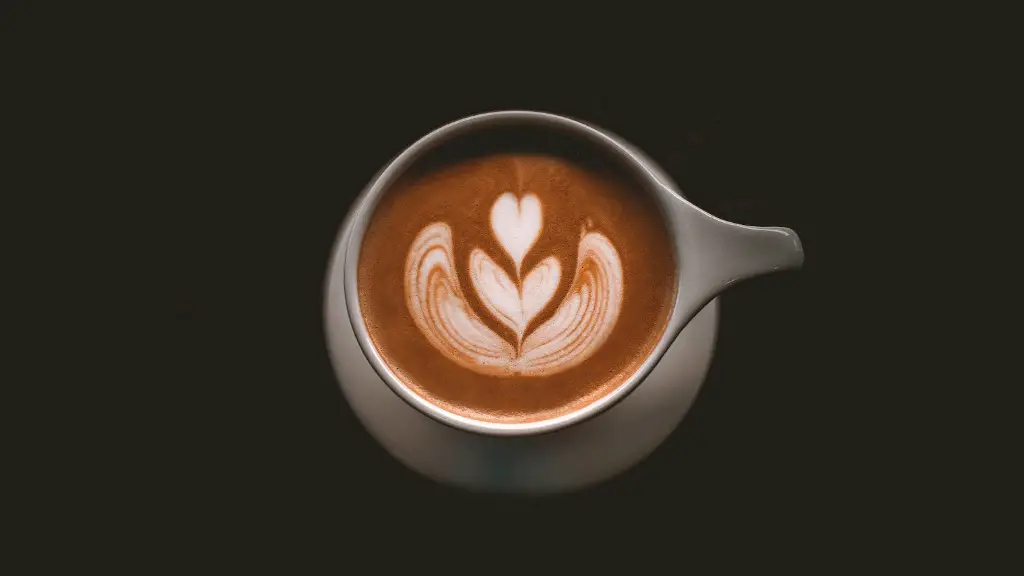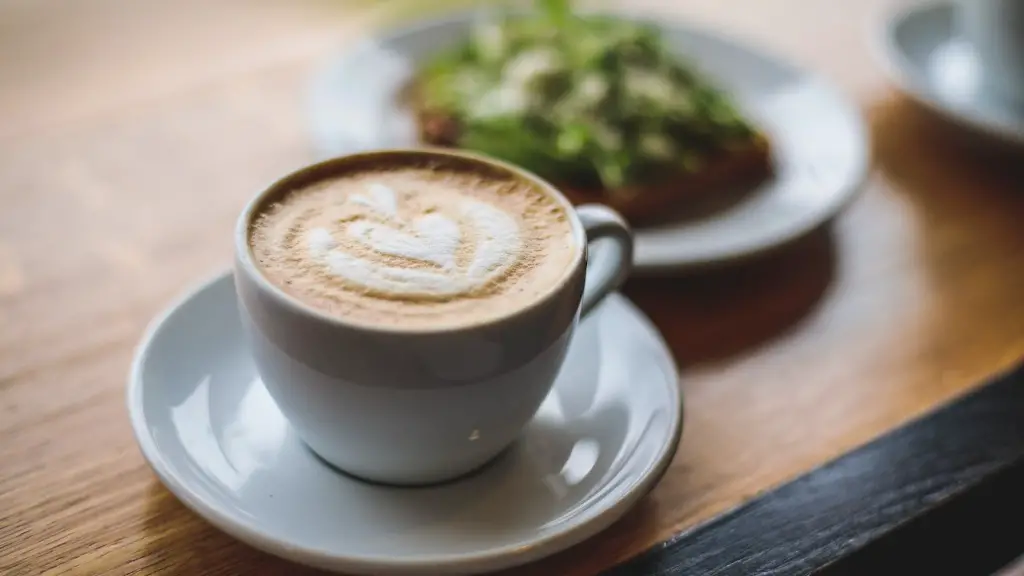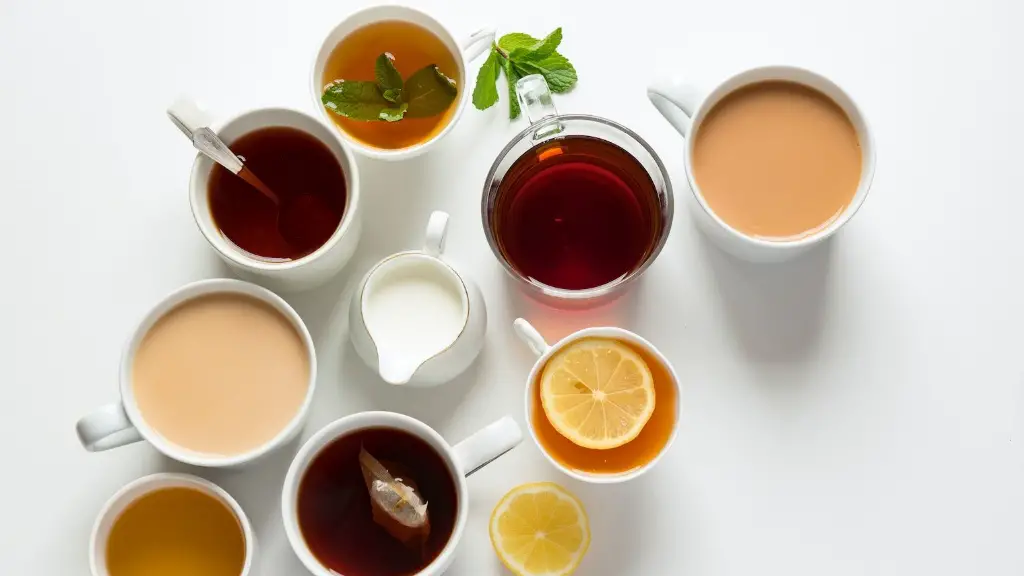The coffee bean comes from the coffee plant. The coffee plant is a shrub that grows in tropical regions. The coffee plant produces a fruit that contains a bean. The bean is roasted and ground to make coffee.
The coffee bean comes from a coffee plant.
Where does the coffee plant come from?
Coffee has a long and rich history dating back centuries to its origins in Ethiopia. There, legend tells the story of goat herder Kaldi who first discovered the beans’ potential. Today, coffee is grown all over the world and enjoyed by millions of people every day. Thanks to its delicious flavor and energizing properties, coffee has become one of the most popular beverages in the world.
Coffee beans come from one of two plants in the genus Coffea; either Coffea arabica or Coffea Robusta. There are several varieties within each, but specialty coffee is dominated by coffee from the Arabica bean family and makes up more than seventy percent of world consumption.
Why can’t you grow coffee in the US
The climate in most of the United States is not ideal for growing coffee Arabica plants. These plants prefer mild temperatures with high humidity, rich soil, rainy and dry seasons, and altitude—the plants usually prefer a more mountainous terrain. However, there are some pockets of the country, particularly in Hawaii and Puerto Rico, where the climate is more conducive to growing coffee.
While coffee production is currently limited to Hawaii and California, Florida is beginning to explore the possibility of growing coffee. Farmers and scientists are researching the feasibility of coffee production in the Sunshine State, and coffee is slowly gaining popularity among Florida residents. With the right conditions, Florida could become a major producer of coffee in the United States.
Where does Starbucks get its coffee beans?
The coffee beans that Starbucks sources are not limited to any particular region. Instead, they opt to buy coffee beans from all around the world in order to ensure a steady supply and a variety of flavors. The three coffee regions that Starbucks sources from are Latin America, Asia-Pacific, and Africa.
Coffee plants can make a great addition to your indoor or outdoor space. If you choose to grow coffee indoors, make sure to place it in an area of diffused sunlight as it prefers this type of light. If you have a backyard, coffee plants can also be grown outdoors in an area that gets direct sunlight for part of the day.
Are there only 2 types of coffee beans?
What type of coffee are you in the mood for? If you’re wondering what the difference is between Arabica, Robusta, Excelsa and Liberica coffee beans, here’s a quick guide.
Arabica beans are known for being complex and well-rounded, with a wide range of flavors from fruity to floral. Robusta beans are bold and hearty, with a more savory flavor profile. Excelsa beans are fruity and floral like Arabica beans, but with a distinctively nutty flavor. Liberica beans are relatively rare, and have a strong, woody flavor.
So, which coffee bean should you choose? It all depends on your personal preference. If you’re looking for a versatile coffee that can be enjoyed a variety of ways, Arabica beans are a good choice. If you prefer a bolder, more intense flavor, Robusta beans are the way to go. If you’re looking for something a little bit different, Excelsa or Liberica beans might be worth trying.
The coffee plant is a tropical plant and can mostly be grown in two locations in the United States; Hawaii and Puerto Rico. Puerto Rico is the main producer of coffee in the United States, followed by Hawaii. In Hawaii, coffee grows on Maui; another coffee grower is the state of California.
Hawaii and California are the only areas in the United States where coffee is grown on a commercial scale. However, coffee can be grown in other states as well, such as Florida and Texas.
What state grows the most coffee
US coffee production is dominated by two states, Hawaii and California. Puerto Rico also has a thriving coffee industry, while experimental projects are underway in Georgia and Santa Barbara, California.
Folger Coffee Company has been roasting coffee in New Orleans for over 100 years. The company was founded in 1892 by Henry Folger Jr. and his wife, Sarah, and today is run by their grandson, Henry Folger III. The company’s coffee is roasted in a state-of-the-art facility in the heart of the city’s historic French Quarter.
The Folger family has always been passionate about coffee and the city of New Orleans. They roast their coffee beans with great care, using only the highest quality beans. The coffee is then packaged and shipped fresh to their customers all over the world.
The Folger Coffee Company is committed to giving back to the community of New Orleans. They have donated millions of dollars to local charities and have created hundreds of jobs for New Orleans residents.
If you’re looking for a great cup of coffee, made with love and care, look no further than Folger Coffee Company.
What state is known for coffee?
There’s no denying that San Francisco takes its coffee seriously. With 83 coffee shops in each square mile, the city has the most coffee shops per square mile of any in the country. And while Washington D.C. has the most coffee shops per capita, San Francisco’s coffee culture is hard to beat. From historic spots like Cafe Trieste to unique locales like The Flying Pig, there’s a coffee shop to suit every taste in the City by the Bay. So whether you’re a local looking for your new favorite spot or a visitor just trying to get your caffeine fix, be sure to check out some of the best coffee shops that San Francisco has to offer.
Rajasthan is not involved in the production of coffee, the correct answer is Rajasthan. Rajasthan is a state located in the northwestern part of India.
Where is the largest coffee farm in the US
The Kauai Coffee Estate is an excellent place to learn about coffee production in the United States. The staff is very knowledgeable and passionate about coffee, and they offer free walking tours of the farm. You’ll learn about the different methods used to grow, harvest, and roast coffee on the island. The tour is a great way to see the different stages of coffee production and to get a behind-the-scenes look at the Kauai Coffee Estate.
The Rainforest Alliance is an international non-profit organization that works to protect biodiversity and promote sustainable agriculture. McCafé is committed to using only coffee beans that come from Rainforest Alliance Certified™ farms. This certification ensures that the coffee is grown in a way that protects the environment and the rights of workers.
Where does Dunkin Donuts get their coffee beans?
Dunkin’ coffee is manufactured and distributed by The JM Smucker Company. The JM Smucker Company allows stores that sell Dunkin’ coffee to set their own prices. Dunkin’ coffee is made with 100 percent premium Arabica beans.
McDonald’s is one of the world’s largest coffee buyers, and Gaviña is one of their primary suppliers. Gaviña is a third-generation, family-owned coffee company based in Los Angeles.
Gaviña has been supplying McDonald’s with coffee since the early 1990s and their relationship has grown stronger over the years. Gaviña is committed to sustainable practices and to providing high-quality coffee to McDonald’s customers.
Gaviña Coffee is a great example of a supplier that McDonald’s has a close relationship with. By working closely with suppliers like Gaviña, McDonald’s is able to source the best possible coffee for their customers.
Final Words
coffee beans come from coffee plants.
The coffee plant is a species of flowering plant in the family Rubiaceae. Its leaves are dark green and glossy, and the flowers are white with a yellow center. The coffee bean is the seed of the coffee plant, and it is often ground up and used to make coffee.
